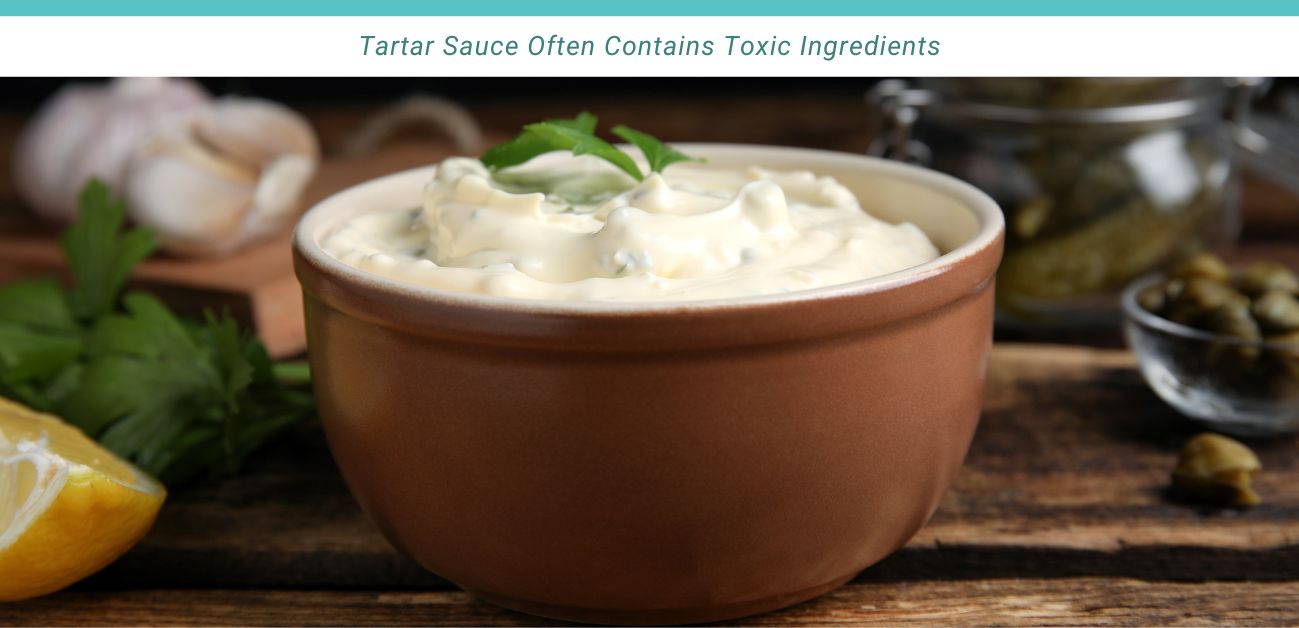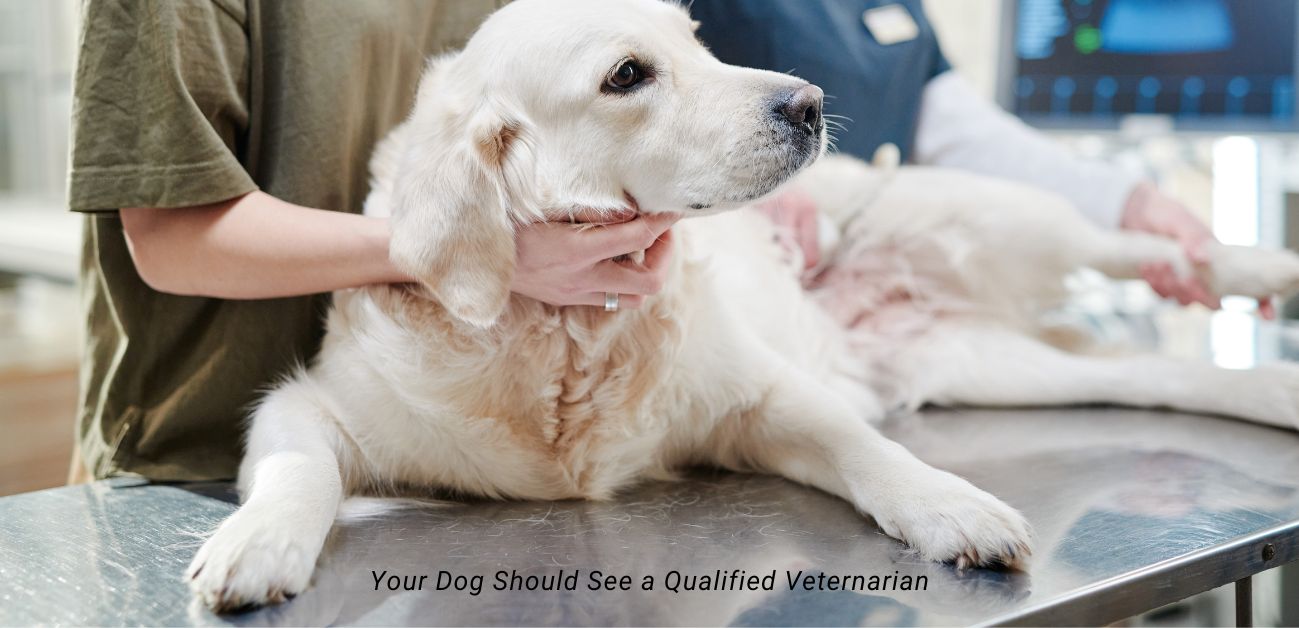I Gave My Dog Tartar Sauce – Is That OK?
Let’s face it, those big, pleading eyes and the happy tail wags can be hard to resist, especially when you’re enjoying a delicious meal. It’s natural to want to include your dog in the fun. But when it comes to certain human foods, like fish and chips with tartar sauce, sharing can actually be harmful.
Here’s why you might be tempted to share, and why it’s best to find a dog-friendly alternative:
- The Power of Canine Cuisine: Fish and chips offer a symphony of textures and flavors that can be quite enticing to a dog. The crispy, salty batter on the fish combined with the starchy fries can trigger their natural instinct to scavenge for food. Plus, the aroma of fried food is hard to resist for any creature with a nose!
- The “We’re a Pack” Mentality: Dogs are descended from wolves, who live and hunt in packs. Sharing food within the pack strengthens social bonds and promotes cooperation. So, when your dog sees you enjoying a meal, their instinct might be to nudge your hand or beg for a bite, hoping to be included in the social ritual.
- The “Human Food Must Be Better” Myth: Sometimes, dogs develop a preference for human food simply because it’s different from their kibble. The novelty and variety of human flavors can be more exciting than their regular meals.
However, it’s important to remember that a dog’s digestive system is different from ours. While fish and chips might seem like a harmless treat, the ingredients in tartar sauce, especially onions and garlic, can be toxic to dogs.
By understanding the reasons behind your dog’s begging behavior and offering them safe and delicious alternatives, you can strengthen your bond and keep them healthy at the same time.
Why Tartar Sauce is a No-Go for Dogs
Tartar sauce contains several ingredients that can be harmful to dogs:
- Onions and Garlic: These are toxic to dogs and can damage their red blood cells, leading to anemia. Even small amounts can be dangerous.
- Mayonnaise: High in fat, it can cause digestive problems like pancreatitis in dogs.
- Pickles: High sodium content can be bad for dogs, especially those with heart issues.
- Herbs and Spices: Some dogs can be allergic to these, causing itching, skin issues, and even trouble breathing.

Symptoms To Watch For If Your Dog Are Tartar Sauce
If your dog ingests tartar sauce, be aware of these potential signs of an adverse reaction:
- Vomiting, diarrhea, or excessive drooling
- Abdominal pain
- Loss of appetite
- Lethargy
- Skin problems
- Difficulty breathing
- Pale gums
- Increased thirst and urination
- Behavioral changes
- Jaundice (yellowing of eyes, gums, or skin)
What to Do if Your Dog Eats Tartar Sauce
1. Stay Calm: Don’t panic. In most cases, tartar sauce causes minor issues.
2. Evaluate the Situation: How much did your dog eat? Did it contain onions or garlic?
3. Contact Your Veterinarian: Seek professional advice based on your dog’s situation. Be prepared to provide details like breed, age, weight, ingredients, and amount consumed.
4. Follow Instructions: Follow your vet’s advice, whether it’s monitoring your dog at home, inducing vomiting, or visiting the clinic.
5. Prevent Dehydration: Ensure your dog has access to clean water.
6. Monitor Your Dog: Watch for symptoms, keeping a record of behavior and appetite changes.
7. Avoid Self-Medication: Don’t give your dog over-the-counter medication without consulting a vet.
8. Follow Up Appointment: Schedule a checkup to rule out any delayed effects.
Remember: When in doubt, always seek veterinary attention, especially if your dog shows severe symptoms.

Tartar Sauce Alternatives for Dogs
While tartar sauce is off-limits, there are plenty of delicious and safe alternatives you can share with your canine companion! Here are some ideas to keep your pup happy and healthy:
Fresh Fruits and Vegetables (in moderation):
- Fruits: Sliced apples, blueberries, bananas (frozen chunks are a great summer treat!), and watermelon (rind removed) are all packed with vitamins and antioxidants. Just be mindful of the sugar content in fruits and offer them in small portions.
- Vegetables: Chopped carrots, green beans, and cooked sweet potatoes are excellent sources of fiber and essential nutrients. Avoid onions, garlic, grapes, and raisins, as these are toxic to dogs.
Homemade Dog Treats:
- Frozen Yogurt Bites: Mix plain yogurt (avoid yogurts with artificial sweeteners or xylitol) with mashed banana or peanut butter (check that it’s xylitol-free) and freeze in ice cube trays. These are refreshing and fun for your dog to lick.
- Baked Apple Slices: Thinly slice apples, remove the cores, and bake at low heat until dehydrated and chewy. These are a healthy and long-lasting treat.
Commercially Available Dog Treats:
- Look for treats made with natural ingredients: Many companies offer healthy dog treats made with limited ingredients like meat, vegetables, and whole grains.
- Consider your dog’s needs: There are treats available for specific needs, such as dental chews for healthy teeth, training treats for positive reinforcement, or even single-ingredient treats for dogs with allergies.
- Read labels carefully: Always check the ingredients list and choose treats free from artificial flavors, colors, and preservatives.
Remember:
- Treats should make up a small portion of your dog’s overall diet.
- Always supervise your dog when they have a treat to prevent choking or any allergic reactions.
- Consult your veterinarian for personalized recommendations based on your dog’s breed, age, and any health conditions.
By offering these safe and delicious alternatives, you can share the joy of a tasty treat with your dog without compromising their health.
The Bottom Line:
Tartar sauce is a big no-no for dogs. Keep your furry friend safe and choose treats specifically made for them.


